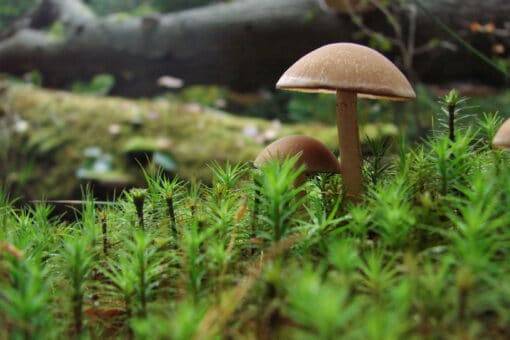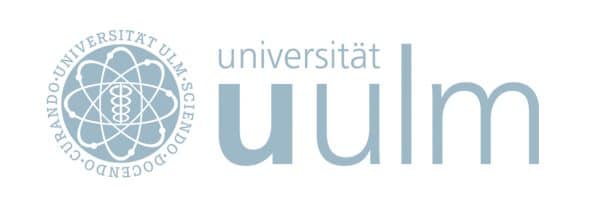Ectomycorrhizal diversity in relation to land use change and ecosystem functions
The ECTOMYC project investigates ecosystem functions and species richness of ectomycorrhizal (EM) fungi in community with their hosts.

The main objectives of the project phase are:
(i) to investigate the uptake and transport of ammonium and nitrate in roots of old beech and spruce stands in relation to environmental factors and fungal community composition.
(ii) to investigate environmental and host factors as drivers of vertical and horizontal structuring of root-associated fungal communities.
As soil concentrations of ammonium and nitrates differ between exploratories and beech- and conifer-dominated stands, we plan to investigate host effects and seasonal changes in nitrate and ammonium uptake. Data on the dynamics of inorganic N compounds in relation to biogeographical and temporal fluctuations of mycorrhizal communities are necessary for a better understanding of ecosystem processes and their influence by forest management.
As previous analyses showed different influences of host trees on the composition of different fungal guilds, we plan to investigate the vertical (organic support, upper mineral soil) and biogeographical variation of ectomycorrhizal communities and other life forms (saprophytes, pathogens, endophytes) across 150 forest plots.
To test the hypothesis that ectomycorrhizal communities show stronger vertical differentiation (niche differentiation) than other fungal guilds and that ectomycorrhizal diversity, but not that of other fungal communities, correlates with root traits (morphology, nutrient concentrations).










